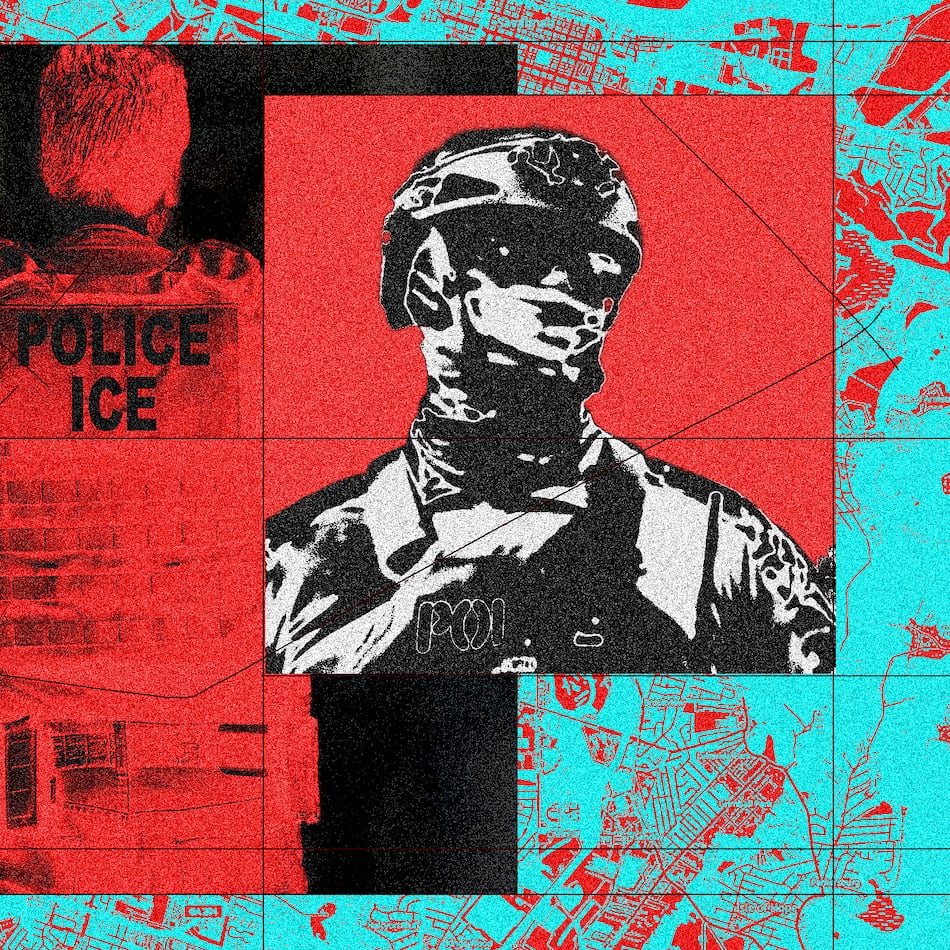The brick and mortar of Pink Floyd’s 1979 landmark rock opus “The Wall” was undoubtedly laid by band co-founder Roger Waters. But when Waters’ solo tour presents the album in extravagant fashion at Philips Arena, the imagery belongs to artist Gerald Scarfe.
An acclaimed political cartoonist for more than 50 years, Scarfe’s fluid strokes, characterizations and even his sweeping script bear a trademark elasticity. It can be found when he gives Tony Blair a pair of wilting Dumbo ears or when he exaggerates Bob Dylan’s features to the point of resembling the Wicked Witch of the West.
It’s a style that led Waters to enlist the artist to design “The Wall’s” album art and design; direct the animation for the subsequent 1982 film; and provide art and design for the current live version. Scarfe documents the entire construction in his latest book, “The Making of Pink Floyd's ‘The Wall'” (De Capo Press, $29.95).
Q. Roger Waters has a reputation for having a very strong creative vision. What’s the dynamic like between the two of you?
A. The great thing about Roger, and he told me this, is when you hire an artist you don't hire that artist to change what they do. You accept what they do or you get rid of them. And Roger was always very, very open to whatever I suggested. My job is, of course, to interpret his vision, lyrics and music. But, naturally, it's my interpretation, not his. So when he writes about these forces of oppression, I've got to find something that symbolizes the forces of oppression. And I couldn't think of anything more strong, frightening, cruel and unrelenting than a hammer. So I designed the marching hammers. That was my interpretation of Roger's fear of fascism, really. ... The visual side has to come out of my head. It doesn't mean that Roger didn't have any input. He certainly did, and he was always very supportive.
Q. What are some of the things you brought to the new stage production of “The Wall”?
A. One of the main problems was to adapt my animation to this huge wall, which when built across the arena is much bigger than the original shows. ... When it came to the marching hammers, they wanted them to march right across the wall and not just on a screen in the middle. You need three times the width of a regular screen you'd see in a movie house. So a lot of it had to do with adapting [the animation] on the computer, which we talked about but I myself didn't do. They just took my original work and spread it. I did a lot of graffiti, which I wrote on the wall. Roger found this piece by Dwight Eisenhower ... which in effect says every tank, every gun, every plane made steals from the needy in the world, the starving and the poor, because every bit of money you spend on that takes it away from their mouths. ... I had also wanted to remake the inflatable figures, because the others, which were done way back in the 1980s, were a little unsophisticated. So the new figures can move better, they're more articulated, their limbs move. The mother's head will swivel and you can rock her arms.
Q. “The Wall” is touching an entirely new generation. What more could you want from art?
A. Nothing more, really. That's sort of a credit to its ability to be a classic piece. I remember when I was first promoting "The Wall" in the '80s, when the movie came out. This guy said to me, "Wow! You worked on 'The Wall'?" And I said, "Yeah." And he said, "Whoa! Did it change your life?" And I said, "No, not really. It was like another job." And he said, "Oh, it sure changed mine!" [Laughs] So I think in many ways it hit a nerve.
Roger Waters: "The Wall" Live. 8 p.m. Nov. 18. $68.35-$220.25. Philips Arena, 1 Philips Drive, Atlanta. 1-800-745-3000, www.ticketmaster.com .
About the Author
Keep Reading
The Latest
Featured

